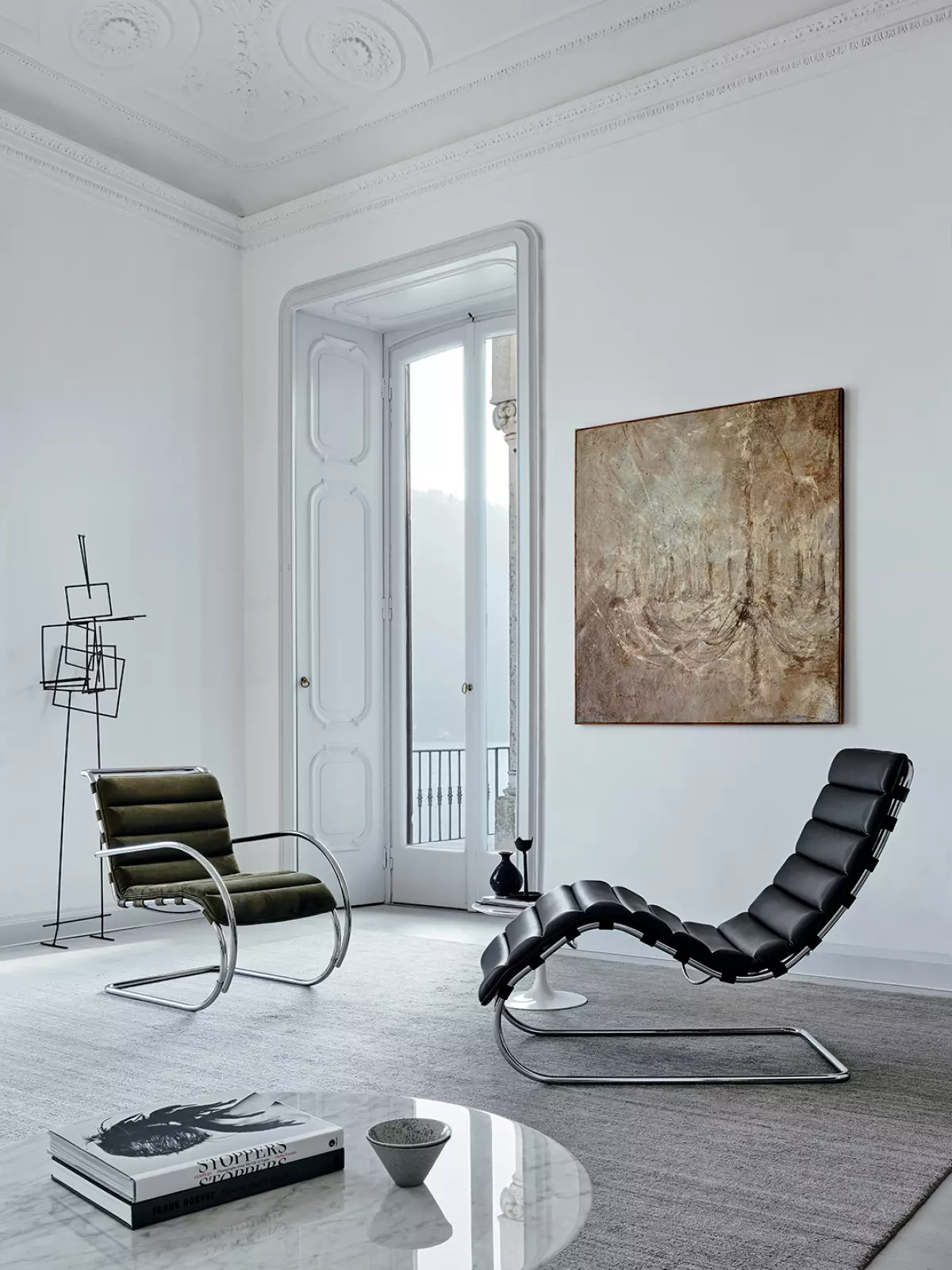 The MR collection by Mies van der Rohe, released in new leathers and coverings for 2019 by Knoll. Image: Knoll, courtesy of Aram Store
The MR collection by Mies van der Rohe, released in new leathers and coverings for 2019 by Knoll. Image: Knoll, courtesy of Aram Store
The Bauhaus, an influential design movement that celebrates its 100th anniversary this year, still holds a special place in modern homes. Even if you're not familiar with the name, chances are you've come across Bauhaus design elements without realizing it. In this article, we'll explore what Bauhaus means for today's interiors, its ongoing relevance, and how you can effortlessly incorporate Bauhaus-inspired designs into your own space. Let's dive in!
Understanding the Bauhaus
The Bauhaus was an art school founded in Germany by architect Walter Gropius in 1919. Its mission was to unify architecture, interior design, crafts, and textiles, elevating them to the same level as fine art. Remarkably, the name of this school, which survived only 14 years before being closed by the Nazis, has become synonymous with a distinct style that has stood the test of time.
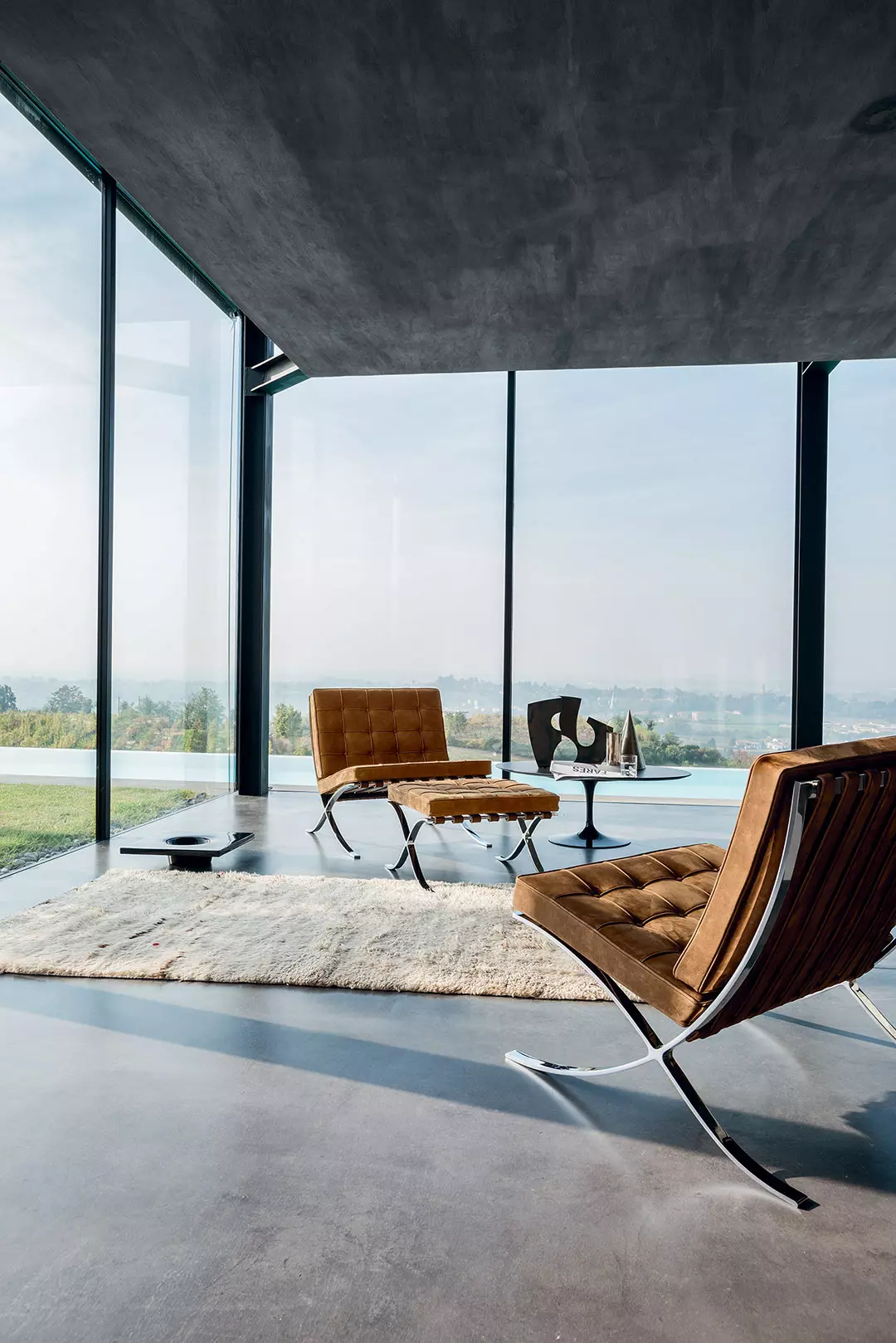 The Barcelona chair by Mies van der Rohe and Lilly Reich, in production by Knoll. Image: Knoll, courtesy of Aram Store
The Barcelona chair by Mies van der Rohe and Lilly Reich, in production by Knoll. Image: Knoll, courtesy of Aram Store
Bauhaus in Modern Interiors
The Bauhaus style has left a significant impact on interior design and modern furniture. Embracing minimalism, Bauhaus focuses on clean, pared-back spaces and streamlined forms. It pioneered concepts like open-plan living, fitted kitchens, and even influenced the design of our beloved smartphones and tablets. By simplifying designs and utilizing mass production and industrial techniques, Bauhaus revolutionized the accessibility and democratic nature of design.
Recognizing Bauhaus Design
Bauhaus designs adhere to the principle of "Form follows function." They prioritize functionality, simplicity, and practicality over ornate decoration. Clean lines, smooth surfaces, and geometric shapes define the Bauhaus aesthetic. Additionally, innovative materials like tubular steel, glass, plywood, and plastic were embraced, pushing the boundaries of traditional furniture-making techniques.
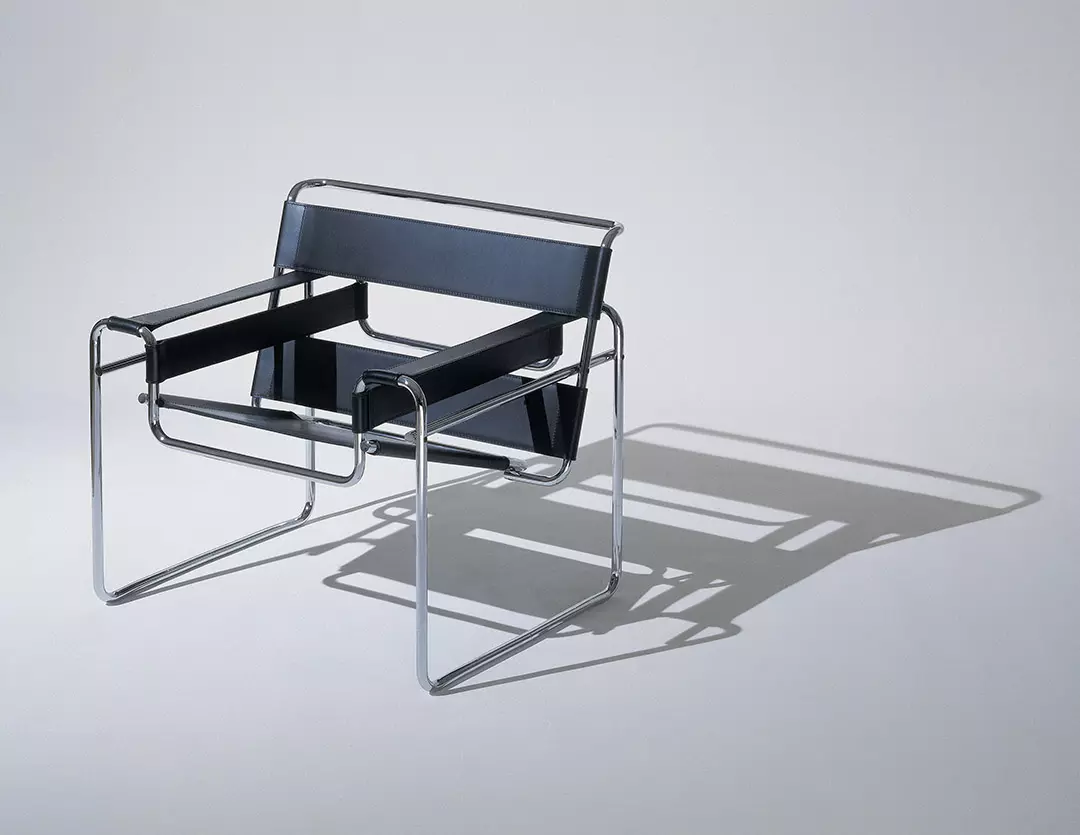 The Wassily chair by Marcel Breuer, in production by Knoll. Image: Knoll, courtesy of Aram Store
The Wassily chair by Marcel Breuer, in production by Knoll. Image: Knoll, courtesy of Aram Store
Iconic Bauhaus Designs
Several iconic Bauhaus designs are still in production, and limited editions are being released to commemorate the 100th anniversary. For instance, the legendary Wassily chair, designed by Marcel Breuer in 1925-6, takes inspiration from the lightweight frame of a bicycle. The Barcelona chair, created by Mies van der Rohe and Lilly Reich for the Barcelona International Exposition in 1929, is another iconic piece that adorns stylish offices and gallery lobbies worldwide.
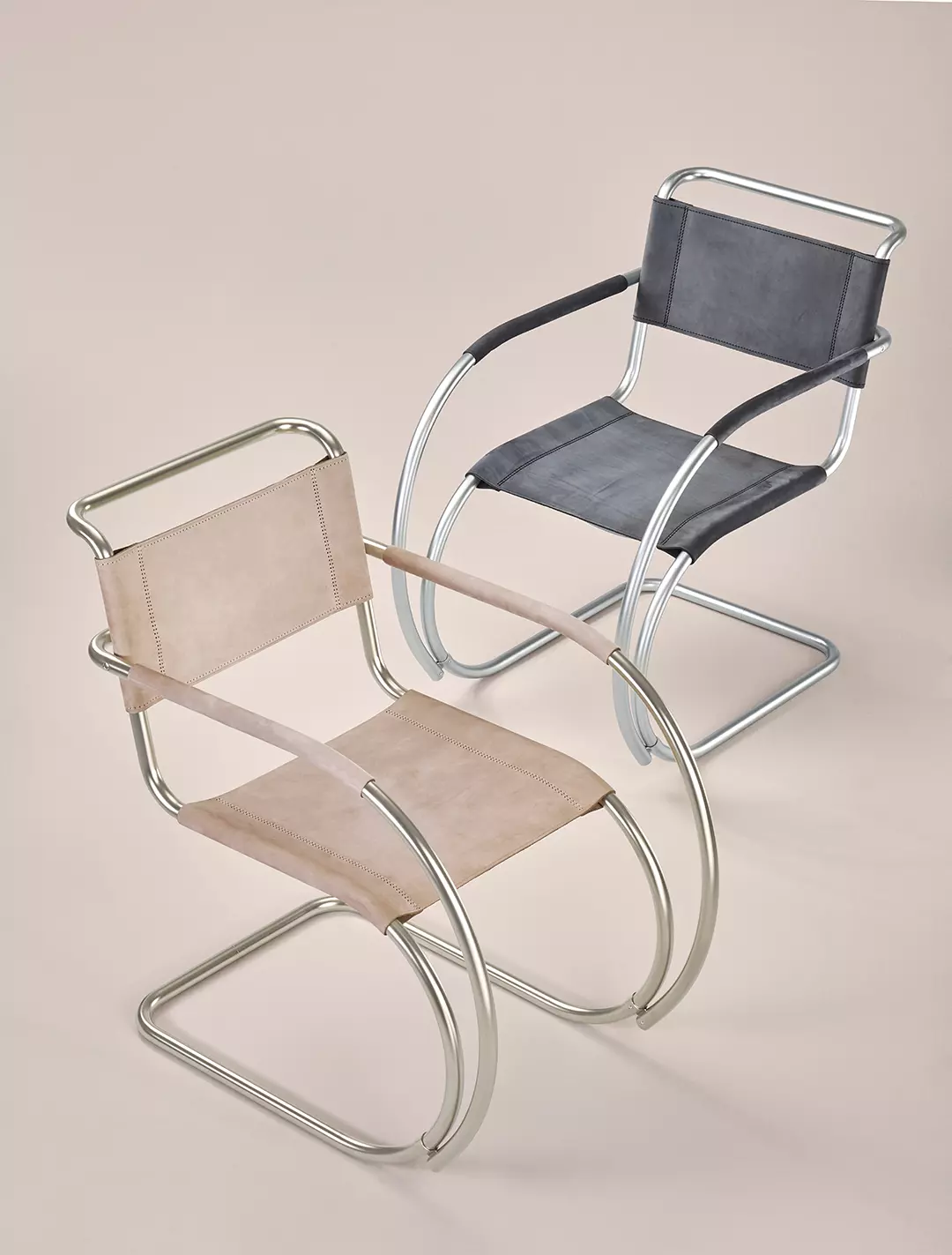 The Barcelona chair by Mies van der Rohe and Lilly Reich, in production by Knoll. Image: Knoll, courtesy of Aram
The Barcelona chair by Mies van der Rohe and Lilly Reich, in production by Knoll. Image: Knoll, courtesy of Aram
Embracing Bauhaus-Inspired Designs
While original Bauhaus designs can come with a hefty price tag, there are alternatives available that won't break the bank. Many high street shops and brands have embraced the Bauhaus style, making it easier than ever to find Bauhaus-inspired designs. For example, Habitat's Lane rug draws inspiration from Bauhaus teacher Anni Albers, while H&M's furniture range incorporates thin, powder-coated metal elements.
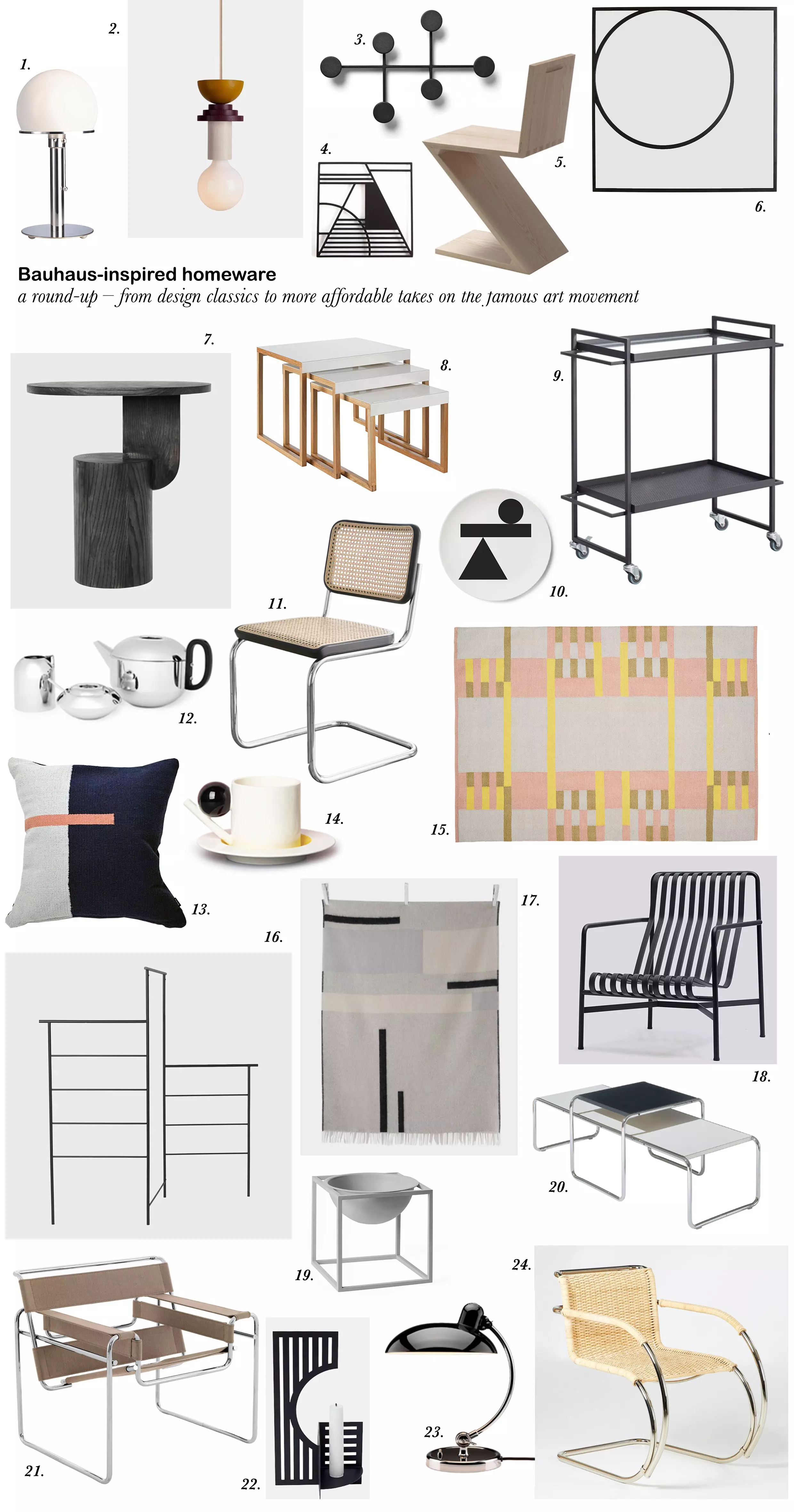
Whether you're investing in an original piece or looking for affordable alternatives, Bauhaus design doesn't require a complete overhaul of your space. A single Bauhaus-inspired piece can have a significant impact. Instead of opting for replicas, allow Bauhaus designs to inspire your own unique style. Consider organizing and decluttering your space, adopting the Bauhaus principles of simplicity and functionality.
The Timelessness of Bauhaus
The enduring appeal of the Bauhaus style can be attributed to its forward-thinking concepts. Bauhaus designers envisioned the architecture and interiors of the future, concepts that still resonate today. The aesthetic of Bauhaus seamlessly transcends different eras, making it challenging to distinguish between designs created 100 years ago and those designed last year. The Bauhaus prioritized functionality and carefully considered spatial relationships, ensuring their designs continue to look contemporary.
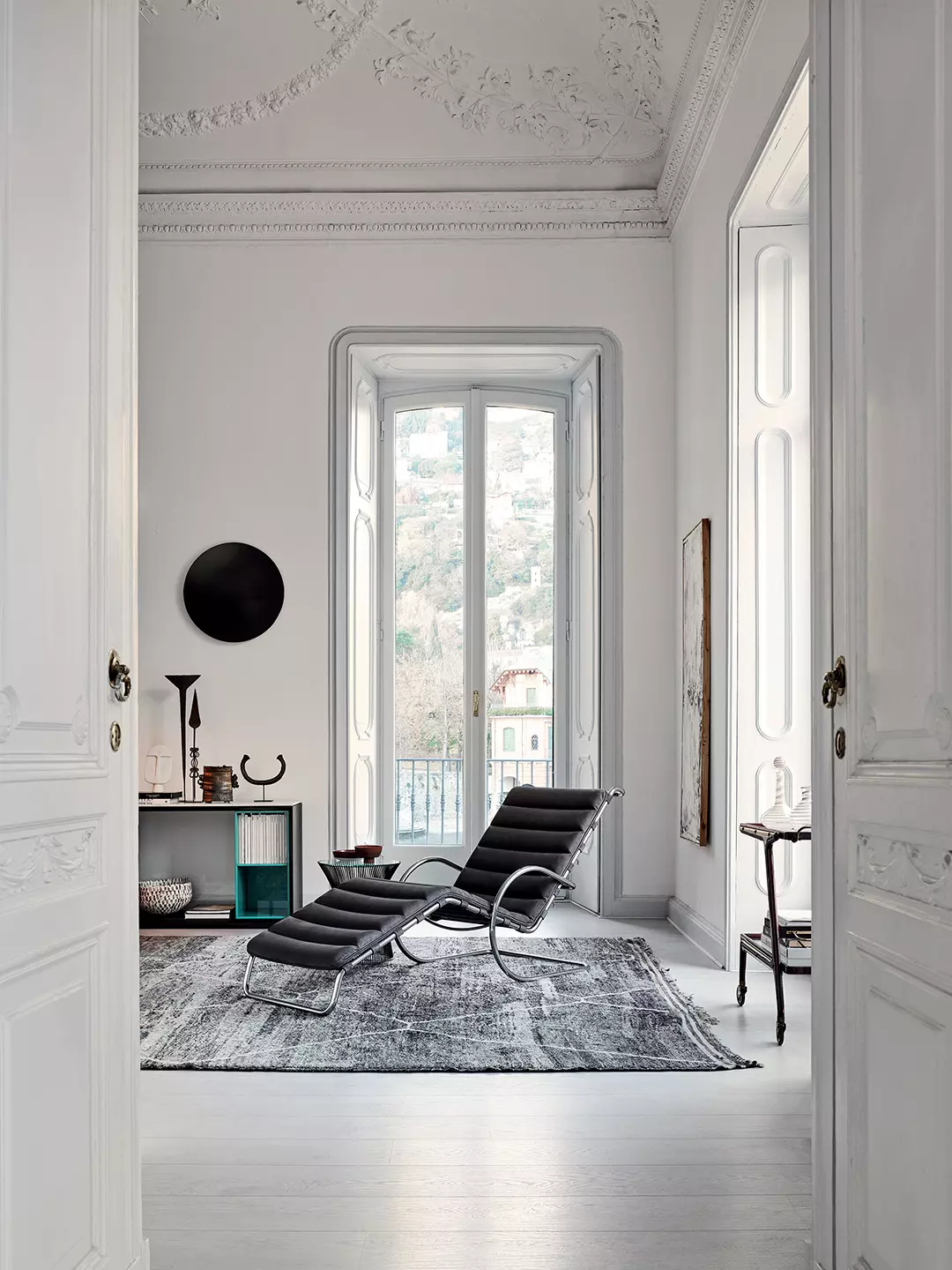 The MR Collection chaise longue by Mies van der Rohe, produced by Knoll. Image: Knoll, courtesy of Aram Store
The MR Collection chaise longue by Mies van der Rohe, produced by Knoll. Image: Knoll, courtesy of Aram Store
Furthermore, the ideas and values behind the Bauhaus, such as multidisciplinary collaboration, minimalism, and mass production, remain relevant. Bauhaus is more than just a trend; it is a way of thinking that influences how we design, live, and use our spaces. As we navigate small-space urban living and multifunctional homes, the principles of the Bauhaus continue to guide us.
Incorporating Bauhaus-inspired designs into your home not only adds a touch of timeless elegance but also encourages thoughtful consumption. So, whether you're investing in an original piece or finding affordable alternatives, let the Bauhaus spirit inspire your interior design choices.









